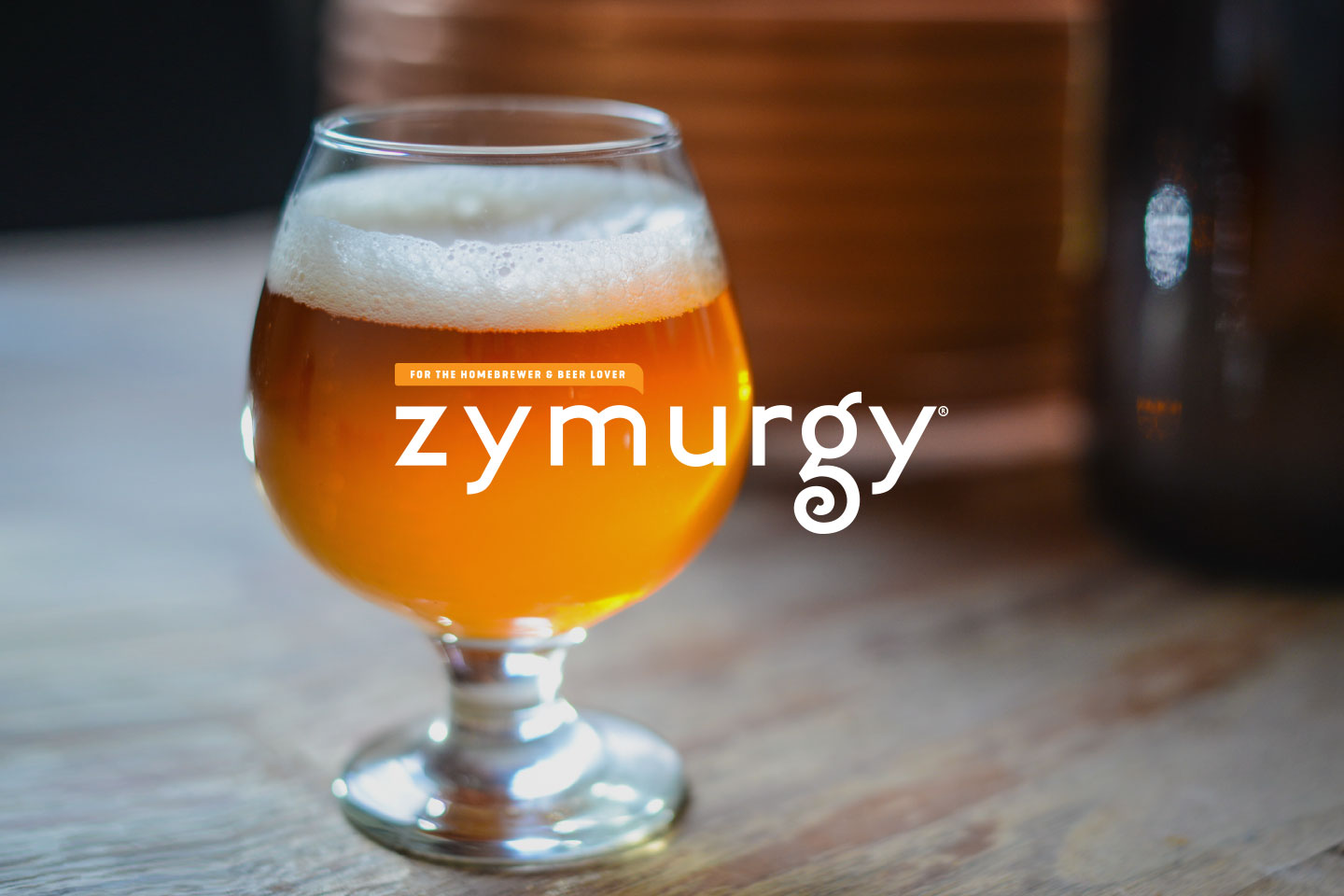
Mashing for Sour Beers
Brewers can tailor the mash to produce wort ideally suited for mixed fermentation. In many cases, wild yeast and bacteria react differently to wort than other brewer’s yeast.
Peruse pairings, learn how to make beer, cider, mead, kombucha, and other alternative fermentations, get DIY tutorials, and much more in our archives.

Brewers can tailor the mash to produce wort ideally suited for mixed fermentation. In many cases, wild yeast and bacteria react differently to wort than other brewer’s yeast.

Whether hops are in your freezer or growing in your yard, industry experts offer insight into the processes of packaging, storing, and cultivating.

With some basic bread making tips and some knowledge of what beer brings to the party, you’ll have yet another artisan product to wow your friends with.

The fourth in a series exploring the water quality of famous brewing centers, its effects on beer styles, and the relevance to modern day homebrewing.

In the latest report from the AHA’s Research and Education Fund, the author experiments with the use of a CO2 breather for cask-conditioned ales.

A brewer’s curiosity took hold as I set out to explore the use of kumquats in beer. What I discovered is a dynamite fruit suited for use in a variety of beer styles.

Citrus fruit’s use as a brewing ingredient once seemed somewhat limited, but ever-expanding creative opportunities arise with each new experimental batch.

On the surface, oyster stout may not be for the faint of heart, but it only takes a swallow or two to learn that this unusual ingredient has a place in the brewhouse.

What is it about certain beers that improve with time? In this article, we’ll explore what makes a beer more suited to aging and how to brew a vintage beer.

The key to making a soured fruit beer is to produce an excellent base beer to which you will add fruit. You can’t transform a bad sour beer into a good one by adding fruit.
Share Post